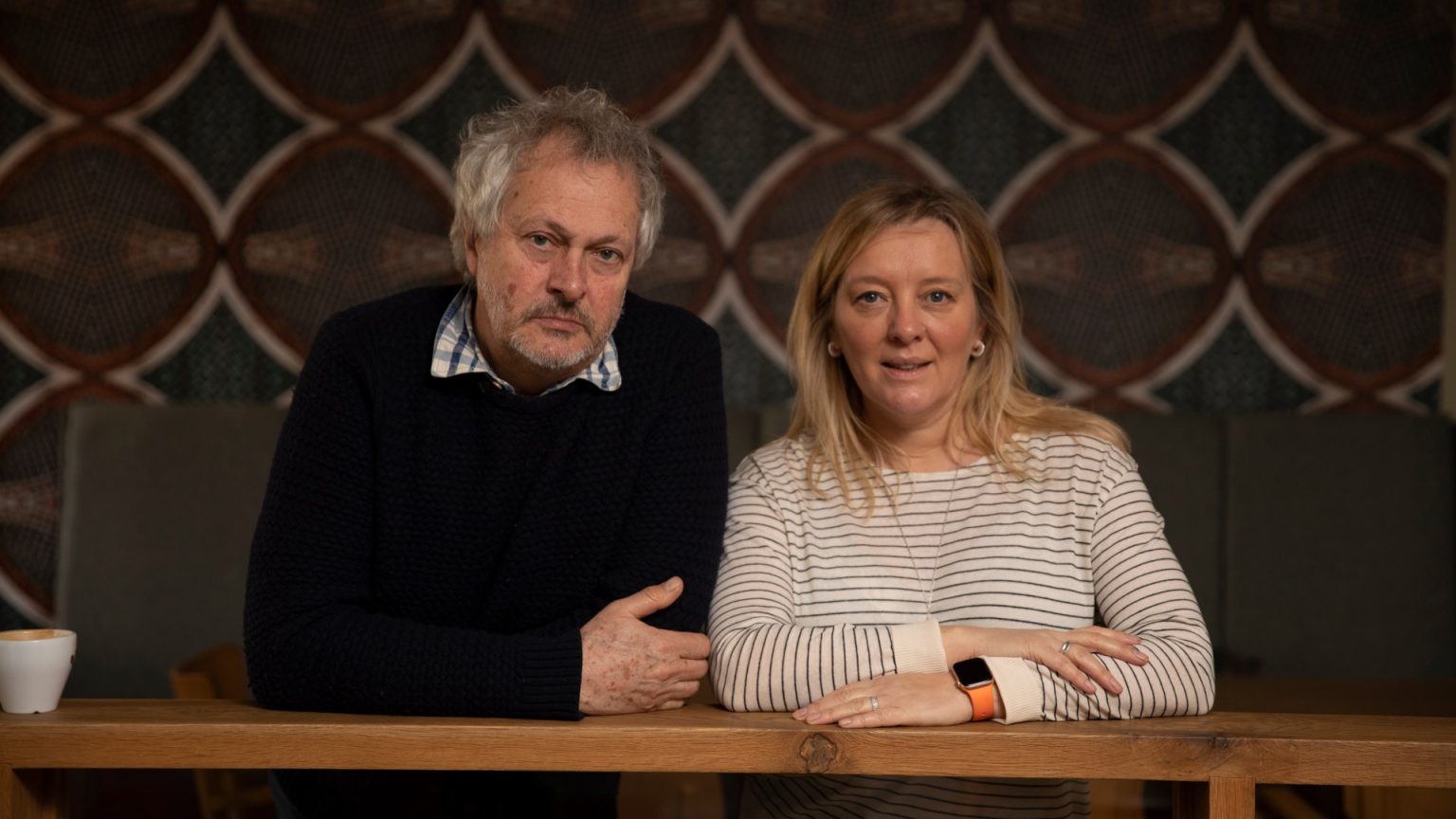The Closure of Nairn’s Bridge of Allan Restaurant: A Tale of Two Perspectives
The culinary world was recently rocked by the closure of Nairn’s Bridge of Allan restaurant, a venture helmed by celebrity chef Nick Nairn and his wife, Julia. This seemingly sudden shutdown stems from a bitter dispute between the Nairns and their landlord, Douglas Wood, escalating into a legal battle that ultimately forced the restaurant to cease operations. The closure marks a significant blow to the Scottish hospitality scene, leaving behind a trail of unanswered questions and conflicting accounts.
The story began in 2019, when the Nairns entered a management agreement with Wood to operate the establishment, formerly known as the Jam Jar restaurant. The restaurant underwent a rebranding in February 2020, just before the hospitality industry was thrown into chaos by the global pandemic. Adding to their woes, a devastating fire struck the premises in August 2021, further delaying the restaurant’s reopening until July 2023. The couple alleges that the pandemic and its economic fallout drastically altered the trading landscape, rendering the original agreement "onerous." They claim repeated attempts to renegotiate terms with Wood were met with resistance, ultimately leading to their inability to sustain the business.
Wood, however, vehemently disputes the Nairns’ narrative. He contends that the couple "consistently" breached the payment terms of their agreement, leaving him significantly out of pocket – to the tune of £100,000. He argues that he, like many others in the hospitality sector, was forced to adapt to the challenges posed by the pandemic and that the Nairns simply failed to meet their obligations. Following a petition by Wood, Stirling Sheriff Court issued a winding-up order against N&N Realisations, the company operating the restaurant, ultimately leading to its liquidation.
The conflicting accounts paint a complex picture of the challenges facing the hospitality industry in the wake of the pandemic. The Nairns highlight the unprecedented pressures brought on by the cost-of-living crisis and changing consumer behavior, citing the difficulty in attracting diners during off-peak periods. They explain that the original agreement, which stipulated a percentage of turnover payable to Wood, became unsustainable under the new market conditions. They also point to the substantial financial setbacks incurred due to the pandemic and the fire, which depleted their reserves and limited their ability to adapt.
Wood, on the other hand, emphasizes the importance of upholding contractual agreements, regardless of external pressures. He asserts that the Nairns’ failure to meet their financial commitments left him with no choice but to pursue legal action. The situation highlights the delicate balance between landlord and tenant relationships, particularly in an industry as volatile as hospitality. The pandemic has undeniably reshaped the business landscape, forcing many establishments to rethink their strategies and adapt to new economic realities.
The legal proceedings have added another layer of complexity to the situation. N&N Realisations, solely directed by Julia Nairn, has been declared liquidated, with reported debts exceeding £300,000. While Mrs. Nairn has indicated that this figure reflects a snapshot in time and that efforts are underway to repay creditors, the financial ramifications of the closure remain substantial. The case underscores the precarious position of many businesses in the post-pandemic era, where even established figures like Nick Nairn can find themselves facing financial ruin.
The closure of Nairn’s Bridge of Allan is a stark reminder of the fragility of the hospitality sector. The conflicting narratives of the Nairns and Wood highlight the difficulties in navigating the complex relationships between landlords and tenants, particularly in a market characterized by unprecedented volatility. While the legal battles continue, the ultimate impact on the individuals involved and the wider hospitality community remains to be seen. The story serves as a cautionary tale, emphasizing the need for flexible agreements and open communication in an industry grappling with ongoing uncertainty. The contrasting perspectives of the involved parties also underscore the importance of considering both sides of the story before forming an opinion, as the truth often lies somewhere in the middle. Ultimately, the closure of Nairn’s restaurant is a microcosm of the broader challenges facing the hospitality sector, reflecting the ongoing struggles of businesses to adapt and survive in a dramatically altered economic landscape.




